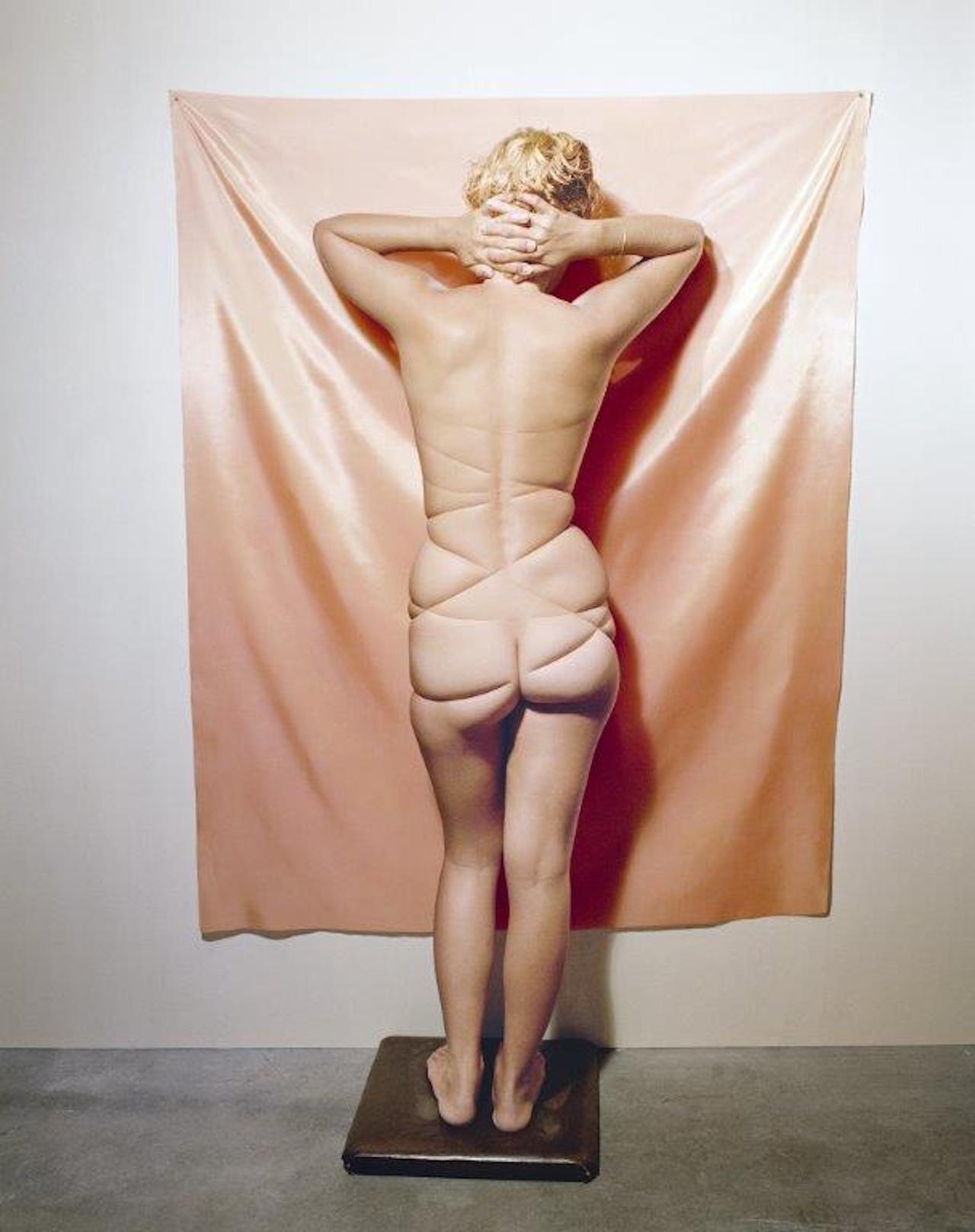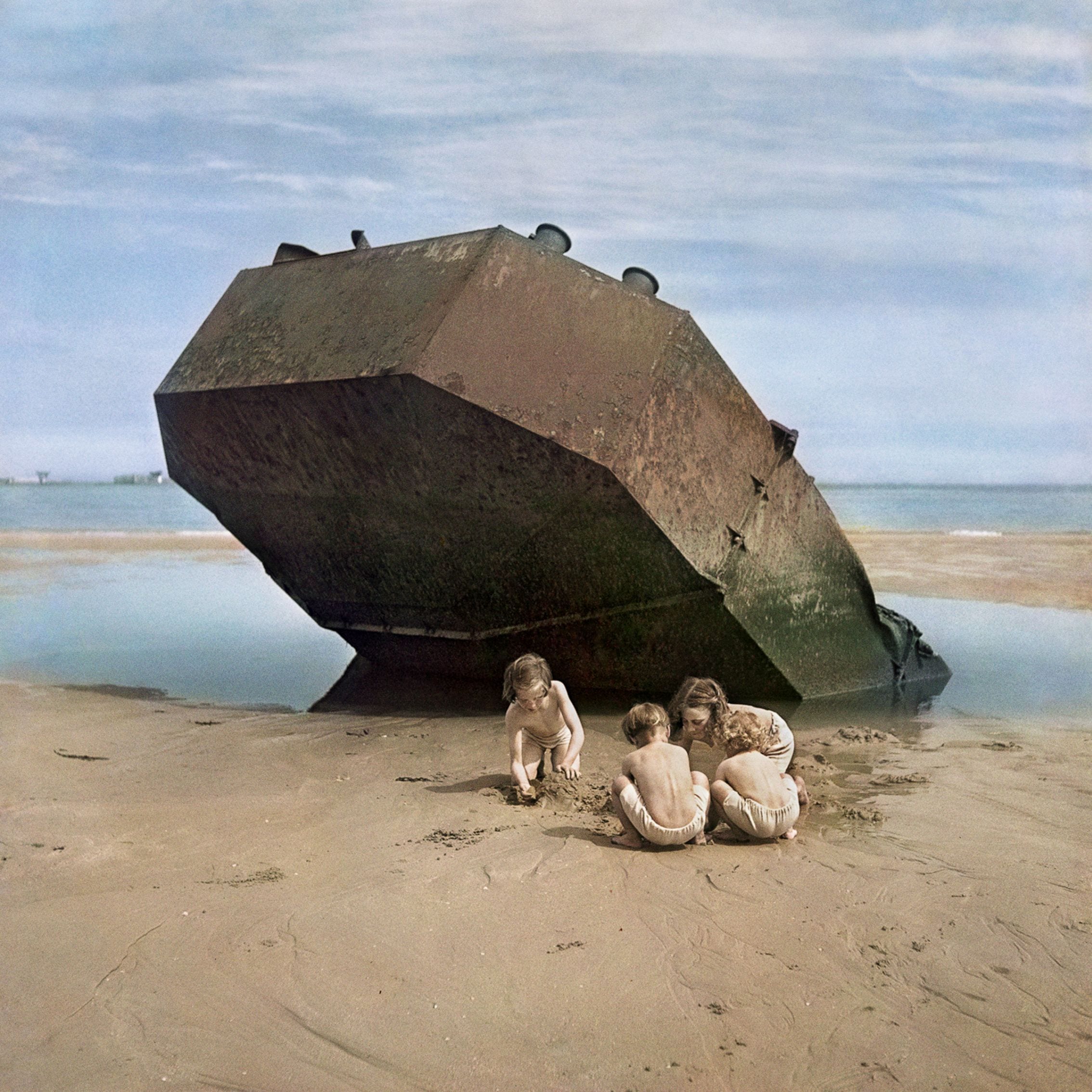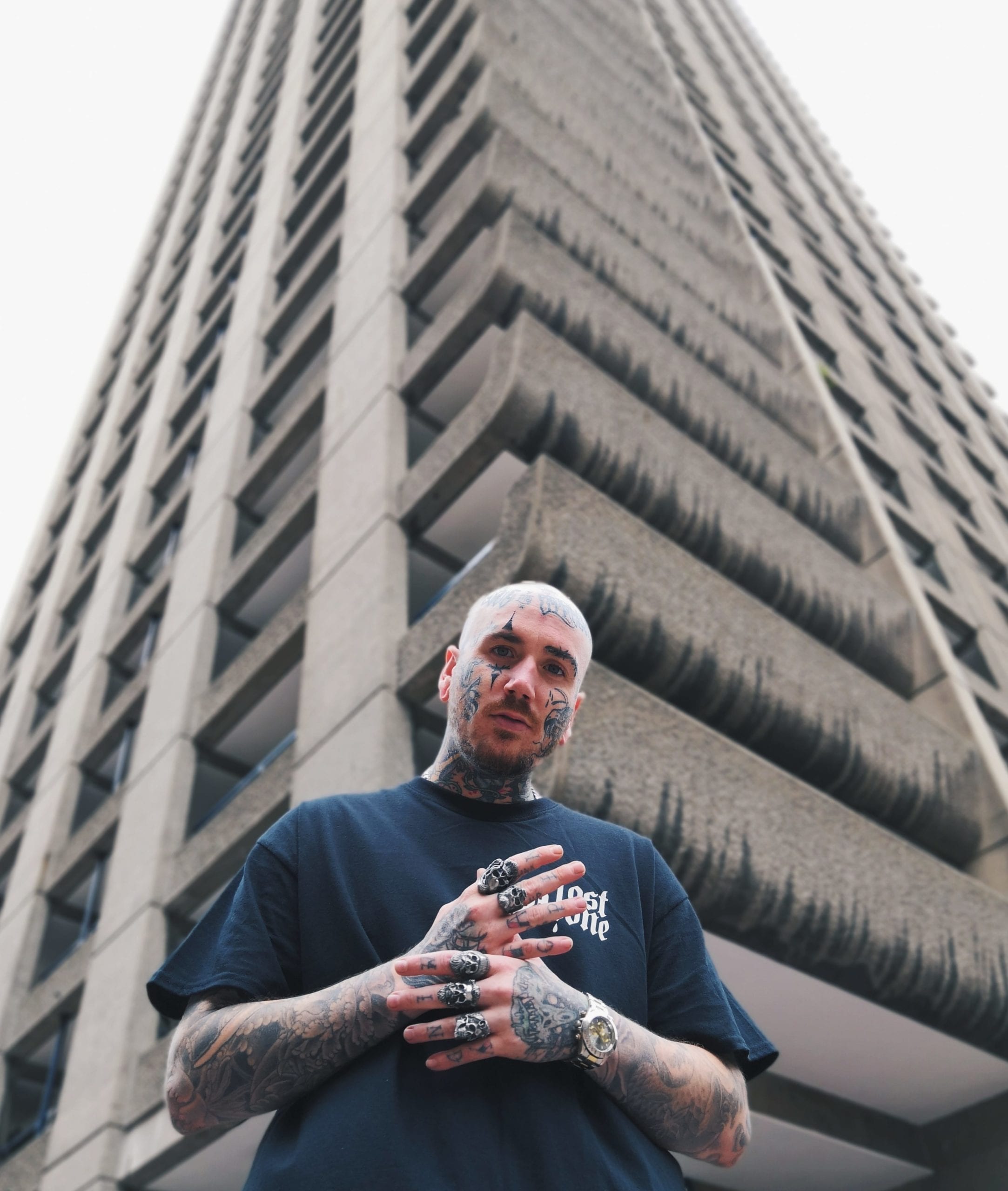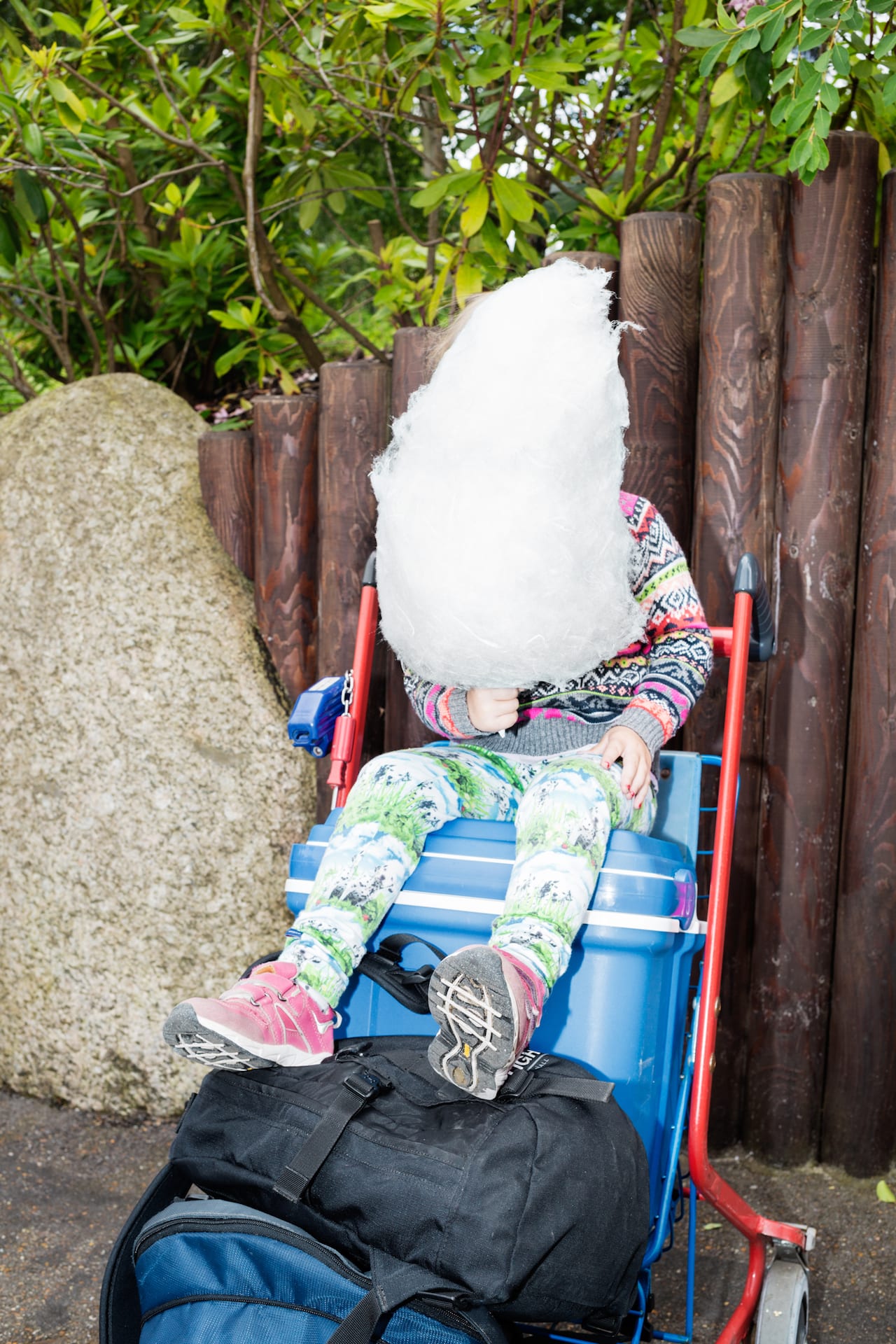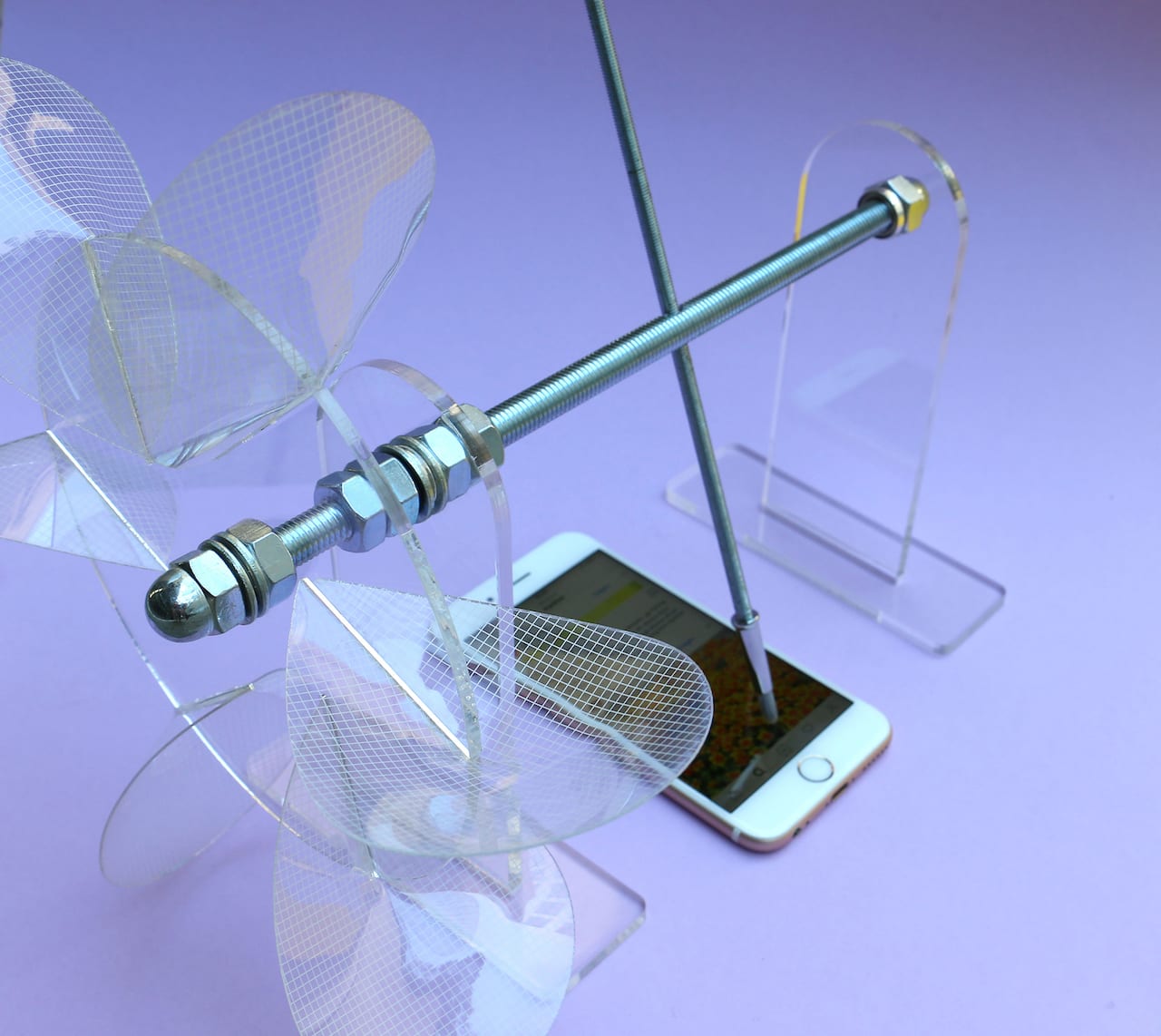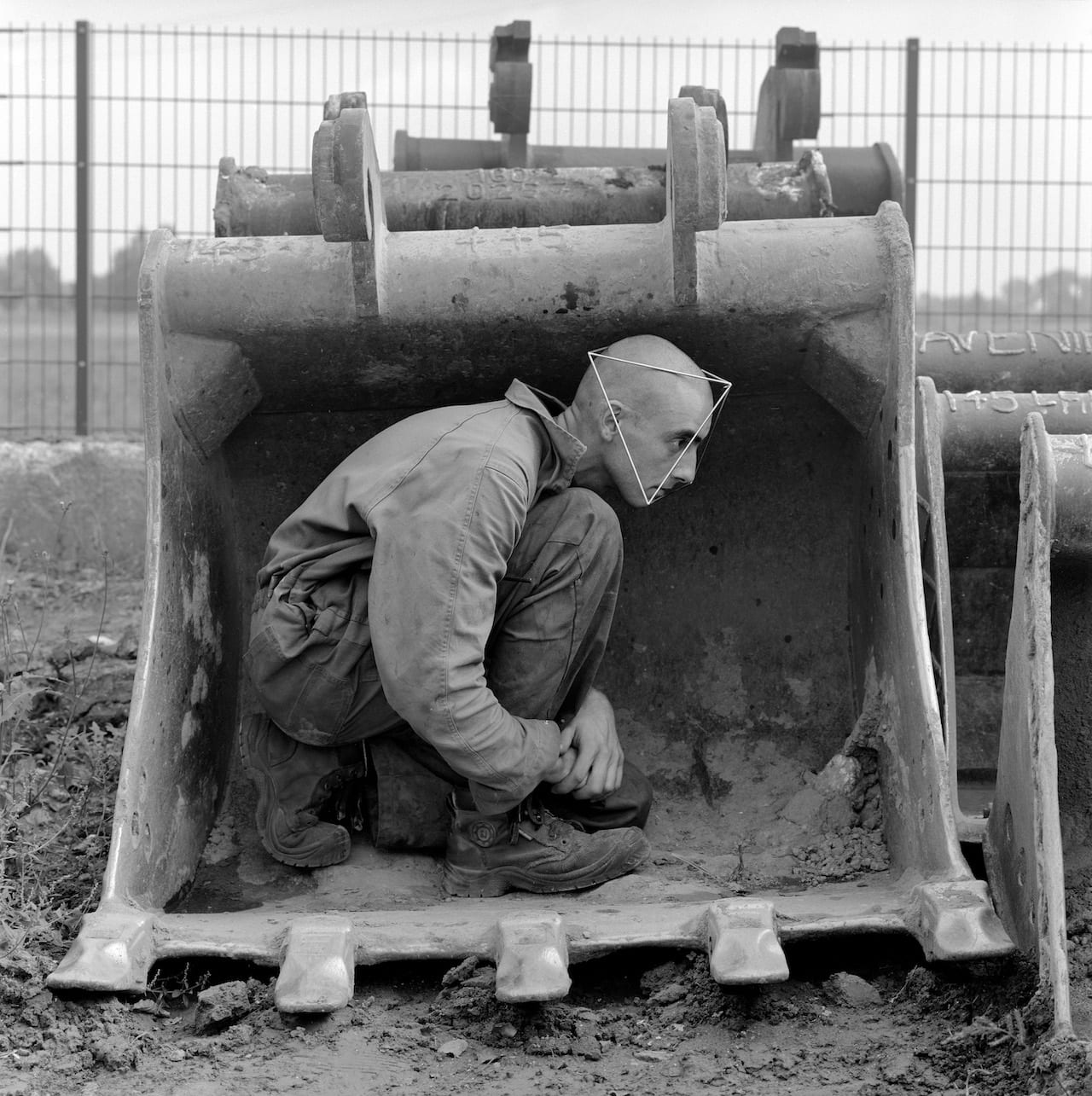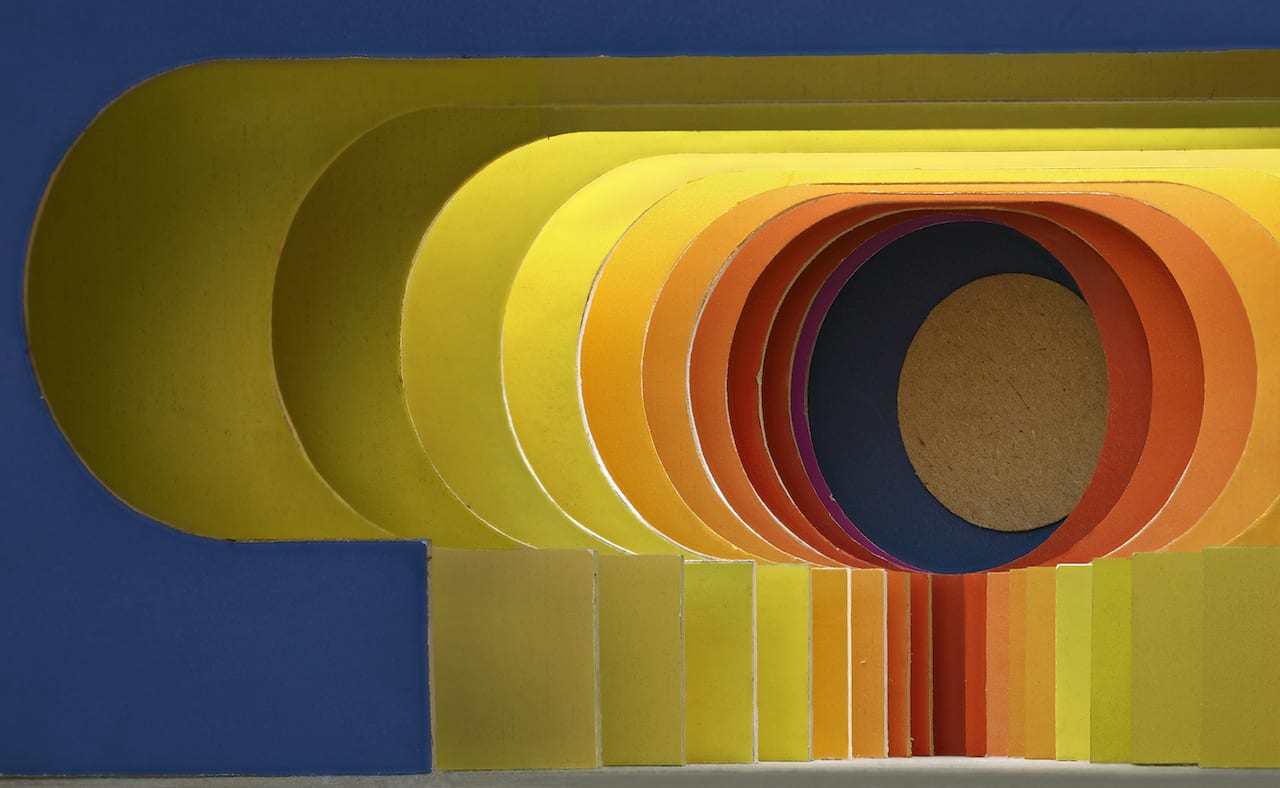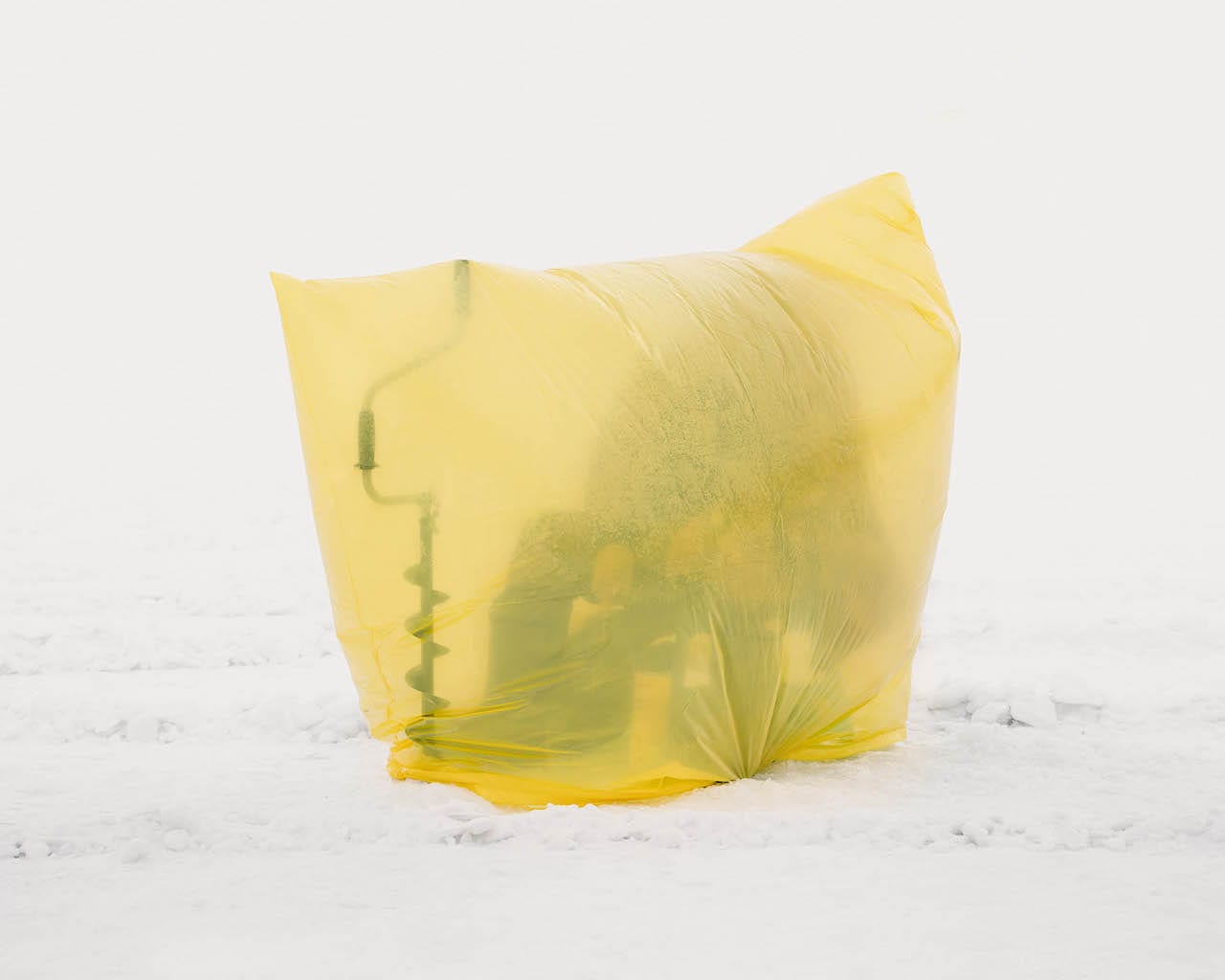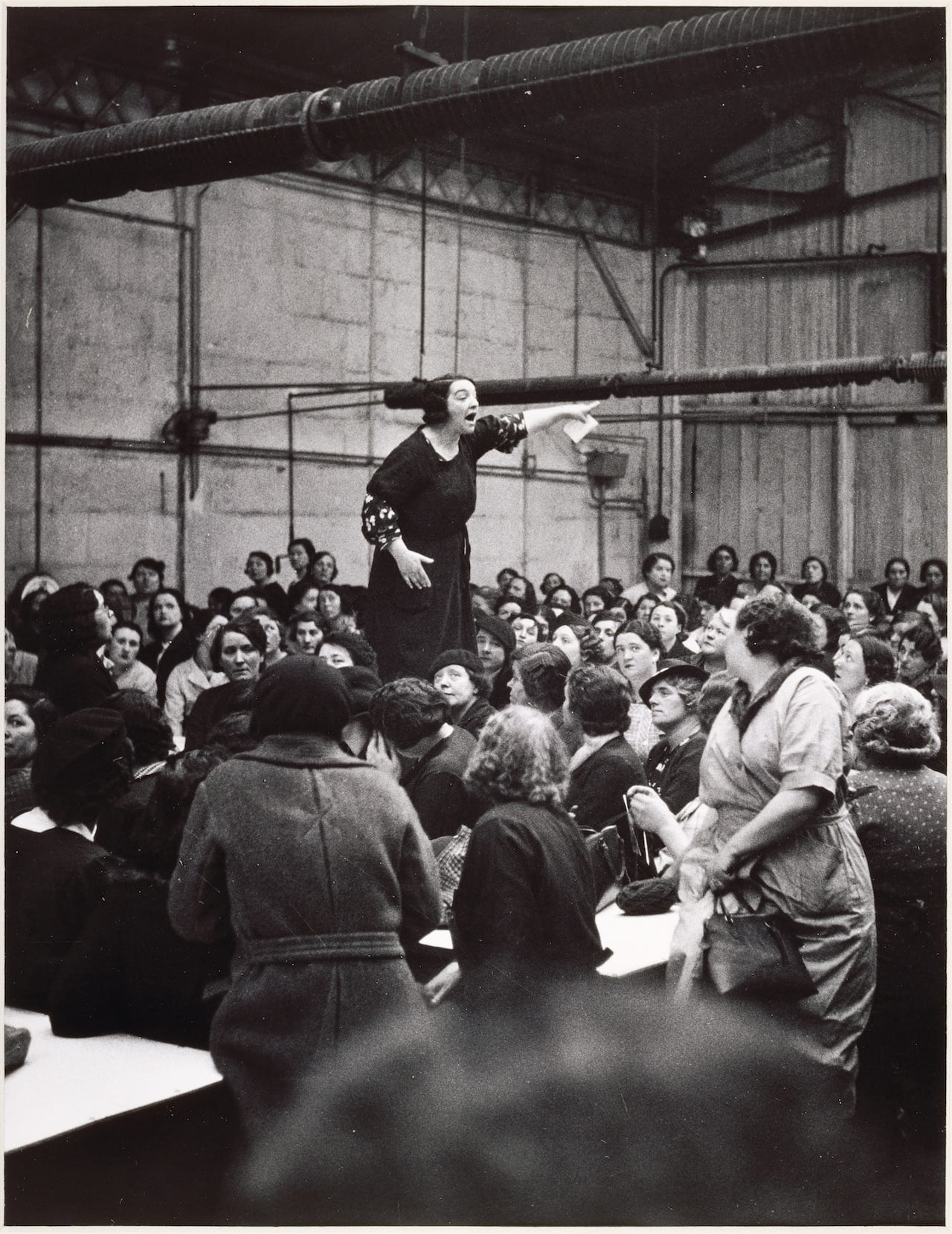The biggest photo fair in Europe, Paris Photo returns from 08-11 November, with a new section on erotic images, and a walk-through focusing on female photographers.
Curated by Martha Kirszenbaum, curator of the French Pavilion at the 2019 Venice Biennale, the Curiosa sector will bring together intimate images by 13 artists such as Nobuyoshi Araki, JoAnn Callis, and Antoine d’Agata. Kirszenbaum hope to challenge the viewer’s gaze on the fetishised body, and tackle “relations of power, domination, and gender issues”. “There are images not everyone would like to see, which I think is good,” Kirszenbaum told BJP in an article published in our November issue.

